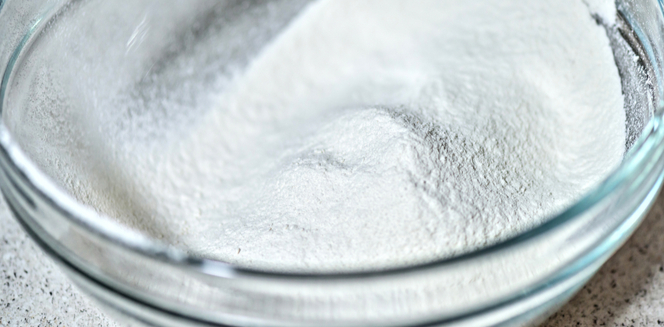Use of Lithopone Has Highly Increased in the Last Few Years- Explore Why

18 Jun
2021
Lithopone can be defined as an inorganic white pigment, procured from co-precipitation of Barium sulfate and Zinc sulfide. As a white colorant, it acts as an economical substitute for TiO2. The properties in Lithopone include high intensity and vividness under the exposure of ultra violet rays. Also, lithopone calls for less wetting agent to attain optimal saturation of its surface. It is, however, classified based on the amount of ZnS. As a moderately low-cost white pigment, Lithopone is nowadays used in a number of different jointing compounds, paint formulations, and so on.
When utilized to partially supplant Titanium Dioxide in some plastic structures, lithopone can help escalate extruder yields and bring down the processing costs. It can also aid in diminishing lacing, thereby providing enhancements in mechanical properties such as impact strength and higher ultimate extension. For formulators fabricating powder coatings, lithopone appears as an ideal substitute for TiO2 to help abridge the overall systems costs. Most importantly, lithopone can proliferate a coating’s lifetime by refining the color retention too. This organically layered pigment is quite apposite for semi-gloss as well as matt coating systems and can be utilized as a masterbatch score for synthetic semiconductors or coatings.
According to Allied Market Research, the global lithopone market is expected to register a significant CAGR from 2020 to 2027. The fact that lithopone comes with low binder requirement helps it provide paints with the much required application properties and flow. This component is enumerated to plastics in order to swell up the UV tolerance of the plastic product, thereby perking up its outdoor life. In the leather industry, on the other hand, lithopone comes up as one of the sulfide-based white pigments and is widely used in the manufacturing of linoleum floorings.
In the last few years, there have been huge developments in the paints & coatings industry along with substantial surge in the use of plastic products across the world. This, in turn, has driven the global lithopone market in more than one way. As a partial substitute for Titanium Dioxide, use of lithopone as emulsion paints, without loss of its superiority, has also become prevalent in several industries. Simultaneously, lithopone is also totted up to plastic resin systems to enrich ultra violet protection of the final plastic goods. Automotive plastics and outdoor plastics are the two major products that require lithopone as their chief components. It ensures that UV rays do not penetrate and damage the product and its appearance.
Here, it’s worth mentioning that the outbreak of covid-19 led to a sharp decline in the demand for lithopone from the paints & coatings industry, which, in turn, impacted the global lithopone market negatively. Nevertheless, most countries have now introduced relaxations on the existing regulations, when mass rollout of vaccinations has also been initiated by several government bodies. With this drift on board, the market is ameliorating at a gradual pace and it is expected to revive soon.

Koyel Ghosh
Author’s Bio- Koyel Ghosh is a blogger with a strong passion and enjoys writing in miscellaneous domains, as she believes it lets her explore a wide variety of niches. She has an innate interest in creativity and enjoys experimenting with different writing styles. A writer who never stops imagining, she has been serving the corporate industry for the last five years.
Avenue: Entire Library membership of Allied Market Research Reports at your disposal
- Avenue is an innovative subscription-based online report database.
- Avail an online access to the entire library of syndicated reports on more than 2,000 niche industries and company profiles on more than 12,000 firms across 11 domains.
- A cost-effective model tailored for entrepreneurs, investors, and students & researchers at universities.
- Request customizations, suggest new reports, and avail analyst support as per your requirements.
- Get an access to the library of reports at any time from any device and anywhere.
Related Post
-
How are Submarine Cables Transforming Global Connectivity with Enhanced User Experience?
-
Endoscopy Procedures: Transformations in Techniques and Applications
-
AI-Powered Video Analytics: How the Product Actually Works for enterprises
-
Painting Robots: Transforming Precision Coating and Creative Applications
-
Innovations in Pharmacovigilance Systems Advancing Patient Safety
-
Understanding Edge Security: Keeping Data Safe Near the Source
-
Exploring the Use and Advancements of 3D Laser Scanners in Professional Applications
-
Reinforcing Industrial Controls with Smarter Tools and Training








